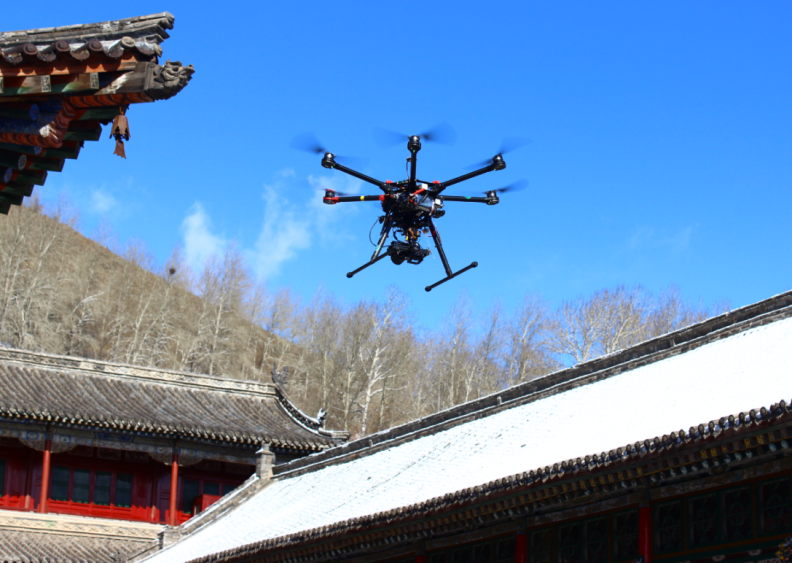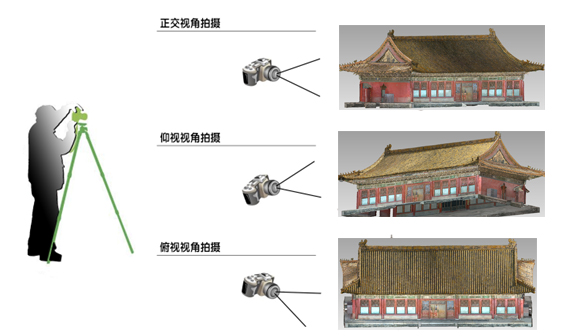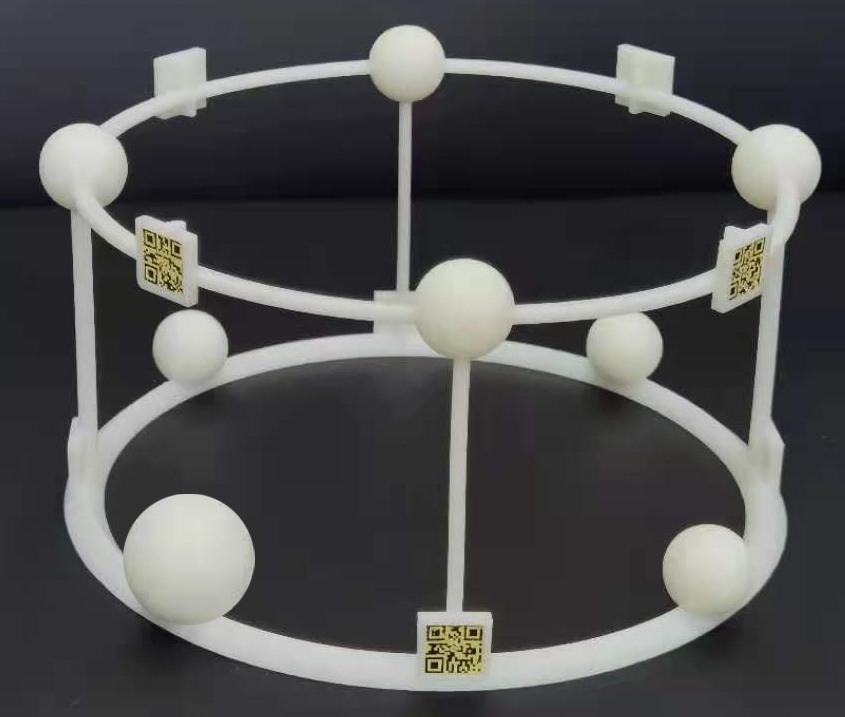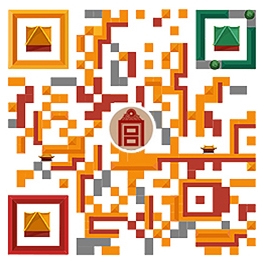3D digitization of cultural relics began in late 20th century. It is an important technology that gained popularity in the field of cultural relic conservation after the world entered the digital age. For cultural relics, 3D digitization is to collect the form and spatial and color features of the cultural relic surface through digital means and process the information to reproduce the textures and models. Through 3D digitization, a cultural relic’s appearance, form and color can be converted to digital data, which not only allows for digital archiving, but also provides more means for the conservation, research and display of cultural relics with greater convenience.
Examples of 3D cultural relics
After three decades of development, the
technologies, methods and equipment for 3D digitization of cultural relics have
become mature and are widely used both in China and overseas. The major
techniques involved are 3D scanning and multi-image 3D reconstruction through
photogrammetry.
3D scanning is a new technique that integrates optical, mechanical, electrical and computer technologies. It is mainly used to obtain the spatial coordinates of an object’s surface by scanning the object’s spatial features, shape, structure and colors. Based on the volume of the scanned object, 3D scanning is divided into scene scanning and small object scanning. Scene scanning refers to the technique of using a 3D laser scene scanner to obtain high-precision, high-resolution 3D point cloud data of an object's surface. And small object scanning refers to the technique of using a handheld laser scanner or structured light scanner to scan relatively small objects that require high precision.
Scene scanner Handheld scanner
Photogrammetry is a technique of collecting the shape, size, position, characteristics and inter-relationship data about the target object by processing photographic images generated by the optical camera. Depending on the volume, height, size and precision requirements of the target object, the data collection can be carried out with drones or digital cameras.

Low-altitude photogrammetry from a drone

Close-range photogrammetry
In the Joint laboratory and the joint research
project, research is carried out on the application of ultra-HD 3D digitization
for cultural relics to make achievements on innovative application of the
technology.
For large and immovable cultural relics, 3D
digitization is usually realized through a combination of 3D scene scanning and
close-range photogrammetry. Spatial features can be obtained through 3D
scanning, and texture information can be obtained through close-range
photogrammetry. With the combination, a textured 3D model for a cultural relic
can be generated.
The project has carried out research on coded
targets for 3D laser scanning, using coded targets to improve the precision of
control. Meanwhile, common target markers are shared between 3D scanning and
photogrammetry to reduce the control workload and realize integrated control of
the two techniques for high-precision digitization of cultural relics.

Object detection with AprilTag targets
For small and movable objects, data collection and
3D reconstruction are realized through close-range photogrammetry or a
combination of this technique and 3D scanning.
The project has carried out research on the methods
and devices for integrated control of 3D scanning and photogrammetry, which can
not only result in high control precision but also significantly improve
efficiency.

Device for integrated control of 3D scanning and
photogrammetry
When the device is used independently in 3D
reconstruction through photogrammetry, its QR code can help realize automatic
ground control points (GCPs) without manual tie points (MTPs). Compared with
MTPs, GCPs can significantly improve control precision, reduce the heavy manual
work required by MTPs, and help avoid the issue of varied control precision
caused by differences in the tie points marked by different operators. When the
device is used independently in 3D scanning, its target ball can be used to realize
scanning control and assembly during the process, and markers can be sticked to
the frame of the device when needed so that the essential markers don't have to
be sticked to the cultural relics for scanning. This is a helpful feature, as
it is not allowed to stick markers to cultural relics by rule. When the device
is used in both 3D scanning and 3D reconstruction through photogrammetry, it
can help realize highly aligned precision between the scanned model and the
photogrammetry model, which is far superior to manual alignment. Moreover, the
alignment is completed automatically in the process of data collection and
processing, which reduces much workload and helps produce digitized cultural
relics that highly match the originals.
The project plans to provide a full demonstration on
the integrated application of the 3D digitization technologies for cultural
relics with the remains of the Bower of the Spirit Pool (Lingzhao xuan), a
stone cultural relic from the Palace Museum, and bronze vessels from the Three
Star Mound (Sanxingdui) as the research subjects. The project will study the
methods, supporting hardware, and processing techniques for data collection of
the fundamental spatial features and texture information, as well as the special
characteristics and differences in ultra-HD 3D data collection and processing,
so as to formulate rules and standards for collecting and processing 3D data
and provide technical solutions with highly consistent results, little manual
intervention, quantifiable process and result evaluation and easy
implementation. Additionally, the project seeks to form a cultural relic
digitization achievement system and create rules and procedures for data
collection and processing based on the value of cultural relic data to better
conserve, display and utilize cultural relics in a prospective way. Ultimately,
the project hopes to accelerate the promotion and application of China’s
advanced digitization technologies in the field of cultural relic conservation,
encourage the transfer of related scientific research results to the production
sector, better utilize the rich cultural relic collections from the ancient
Greek civilization and the classical Chinese civilization, and play a leading
role among the countries along the “Belt and Road” in strengthening mutual
appreciation on cultures and civilizations.







